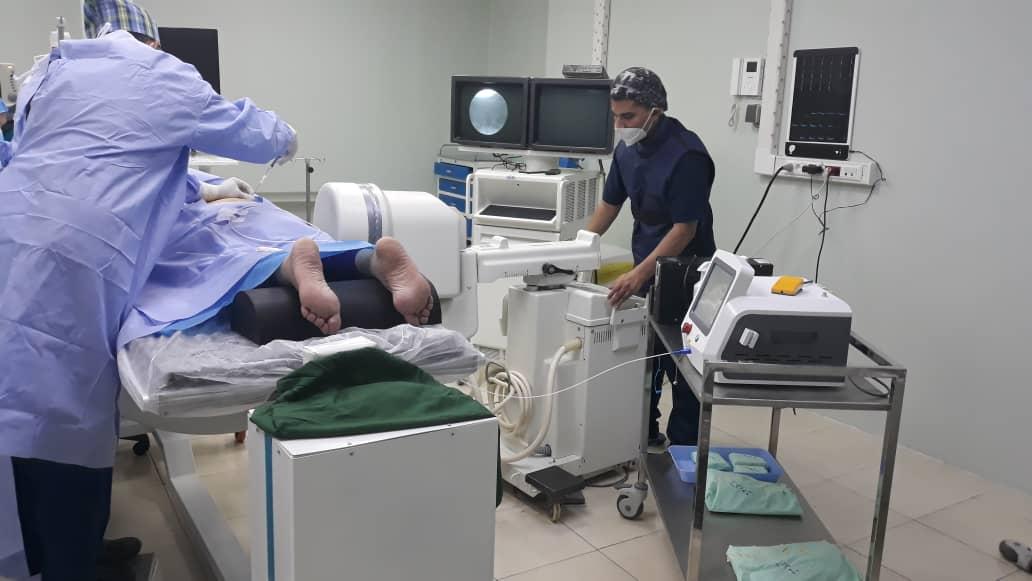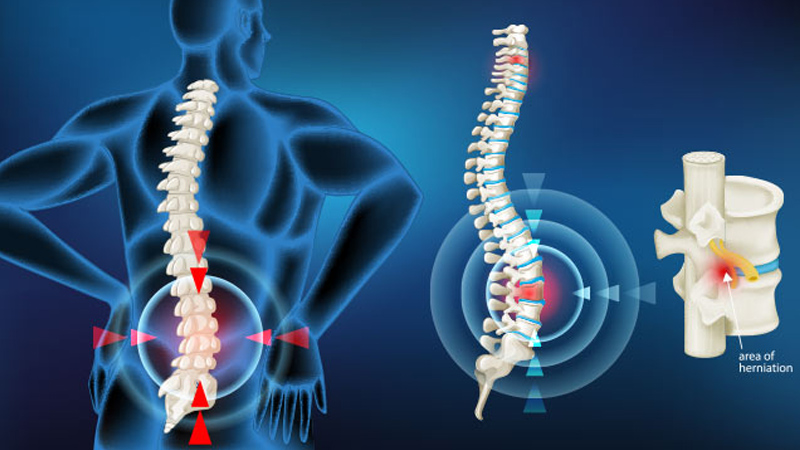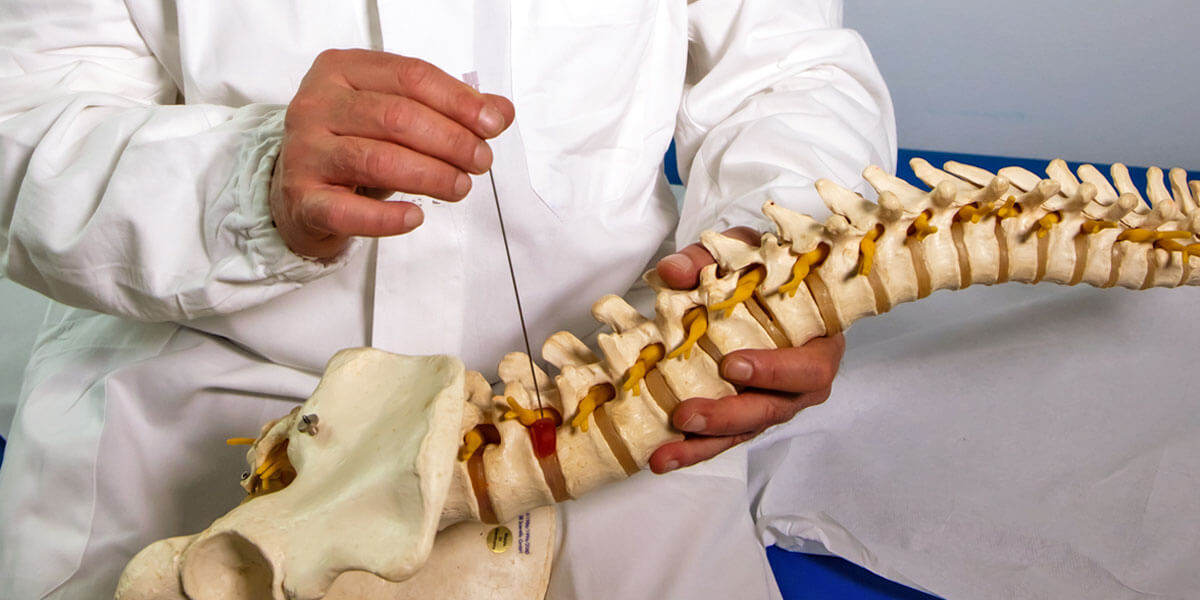Neurosurgery Percutaneous laser disc discectomy
Percutaneous laser disc decompression, also called PLDD, a minimally invasive treatment for contained lumbar disc herniation. Since this procedure is completed percutaneously, or through the skin, the recovery time is much shorter than traditional surgery.
Laser working principle:The laser 980nm 1470nm can penetration in tissues, limited heat diffusion, allows the cutting, vaporization and coagulation of small vessels as well as minimal damage to adjacent parenchyma.
Effectively relieves pain caused by the bulging or herniated discs that impinge on the spinal cord or nerve roots. It is performed by introducing a laser fiber optic in certain areas of a lumbar or cervical disc. The laser energy hits directly on the damaged tissues to dissipate the excess disc material, reduce inflammation of the disc and the pressure exerted on the nerves that pass next to the protrusion of the disc.
The advantages of laser therapy:
–Without admission
–Local anesthesia
– Minimal surgical damage and post-operative pain
– Rapid recovery
What treatment scope is neurosurgery mainly used for:
Other treatments:
Cervical Percutaneous
Endo scopy trans sacral
Trans decompressive endoscopy and laser discectomy
Sacroiliac joint surgery
Hemangioblastomas
Lipomas
Lipomeningoceles
Facet joint surgery
vaporization of tumors
Meningiomas
Neurinomas
Astrocytomas
Post time: May-08-2024



